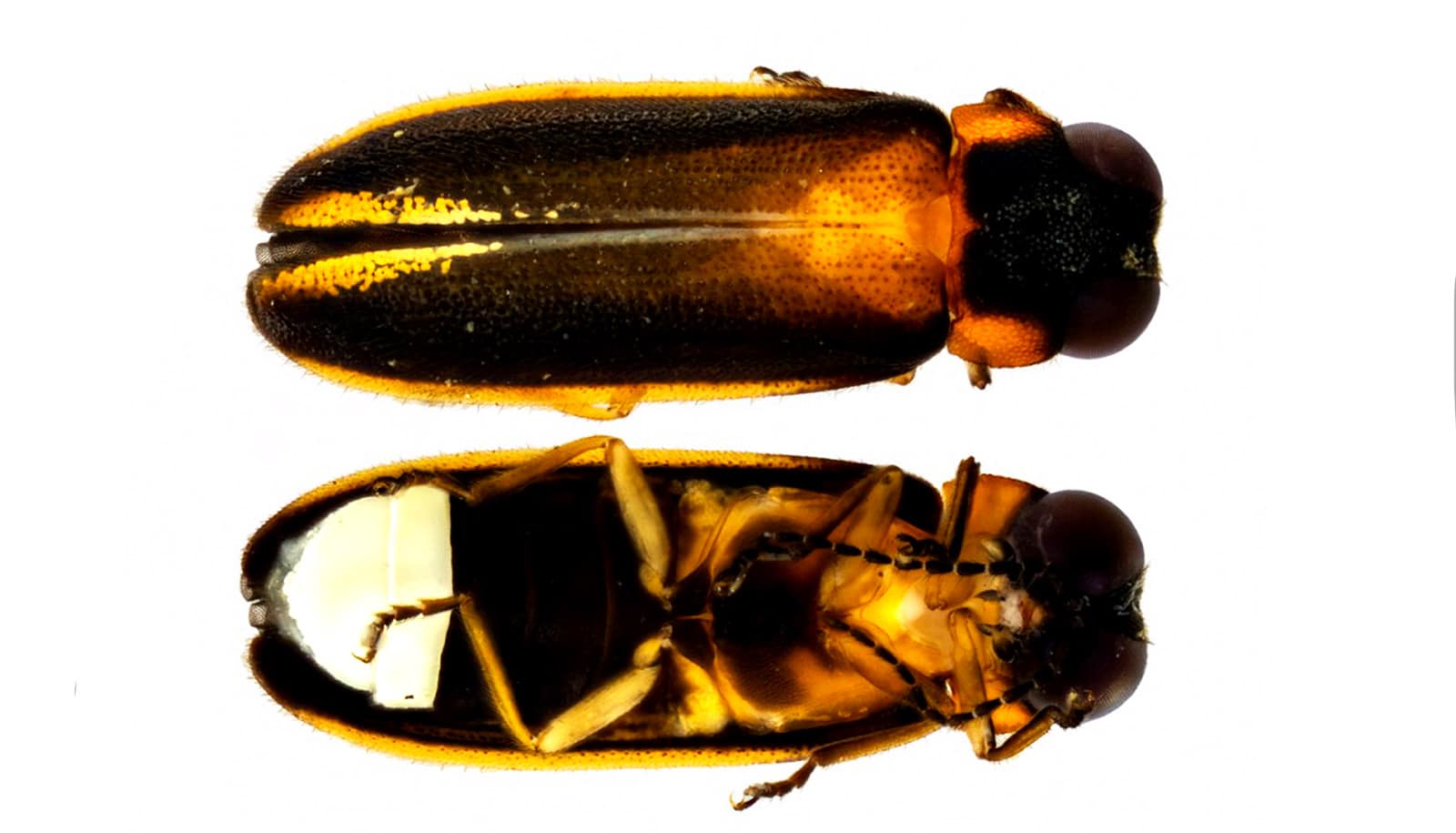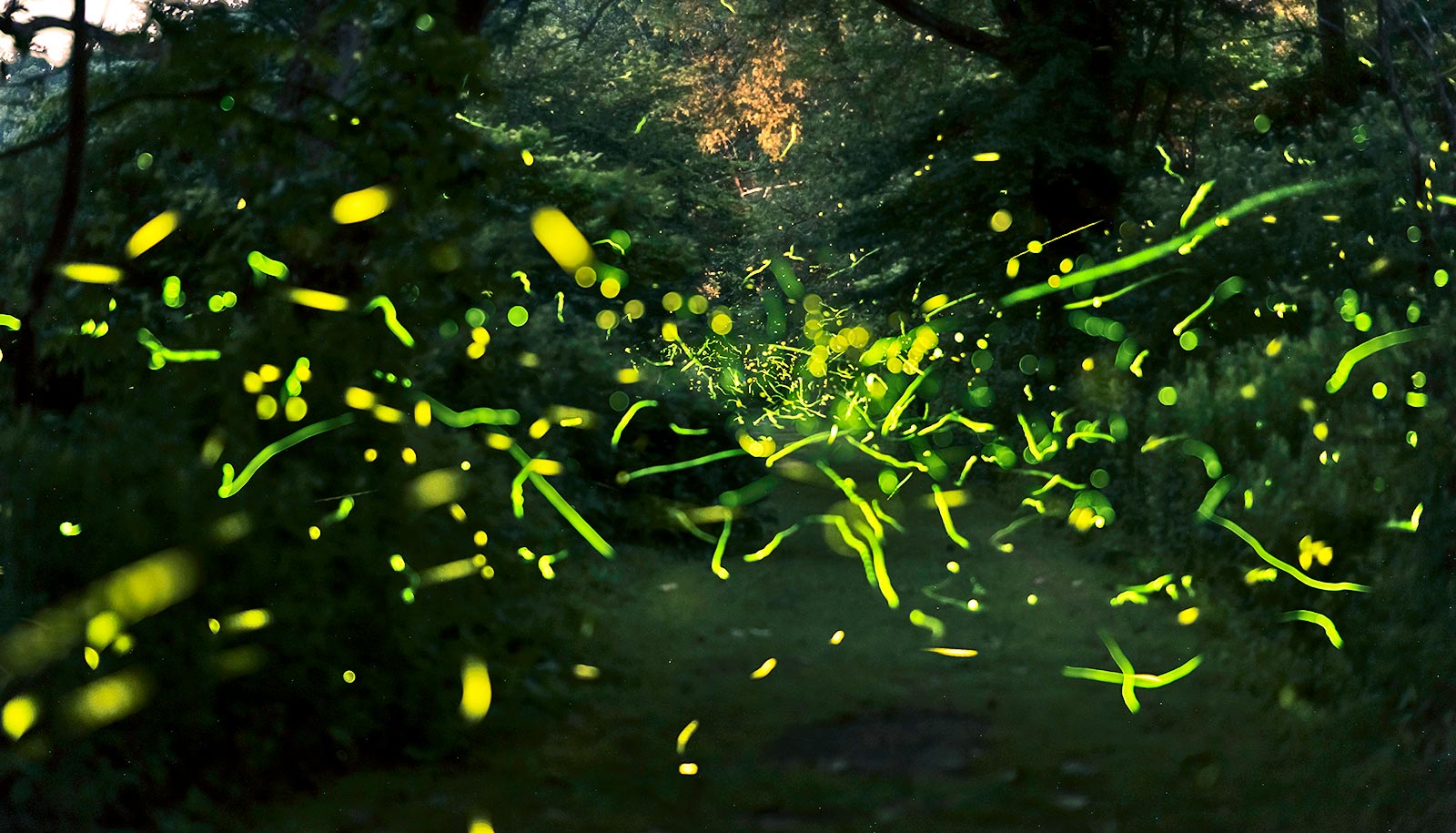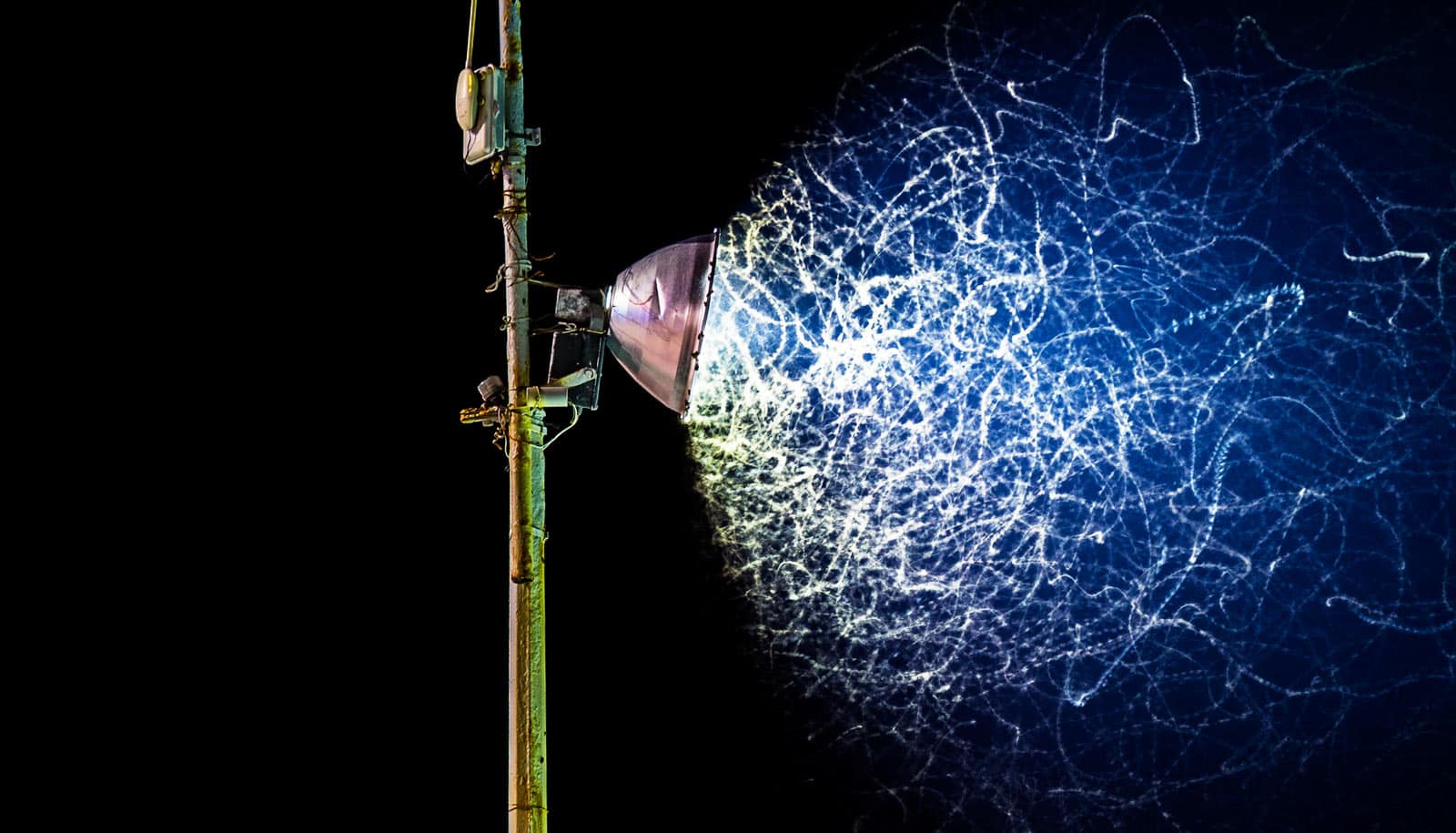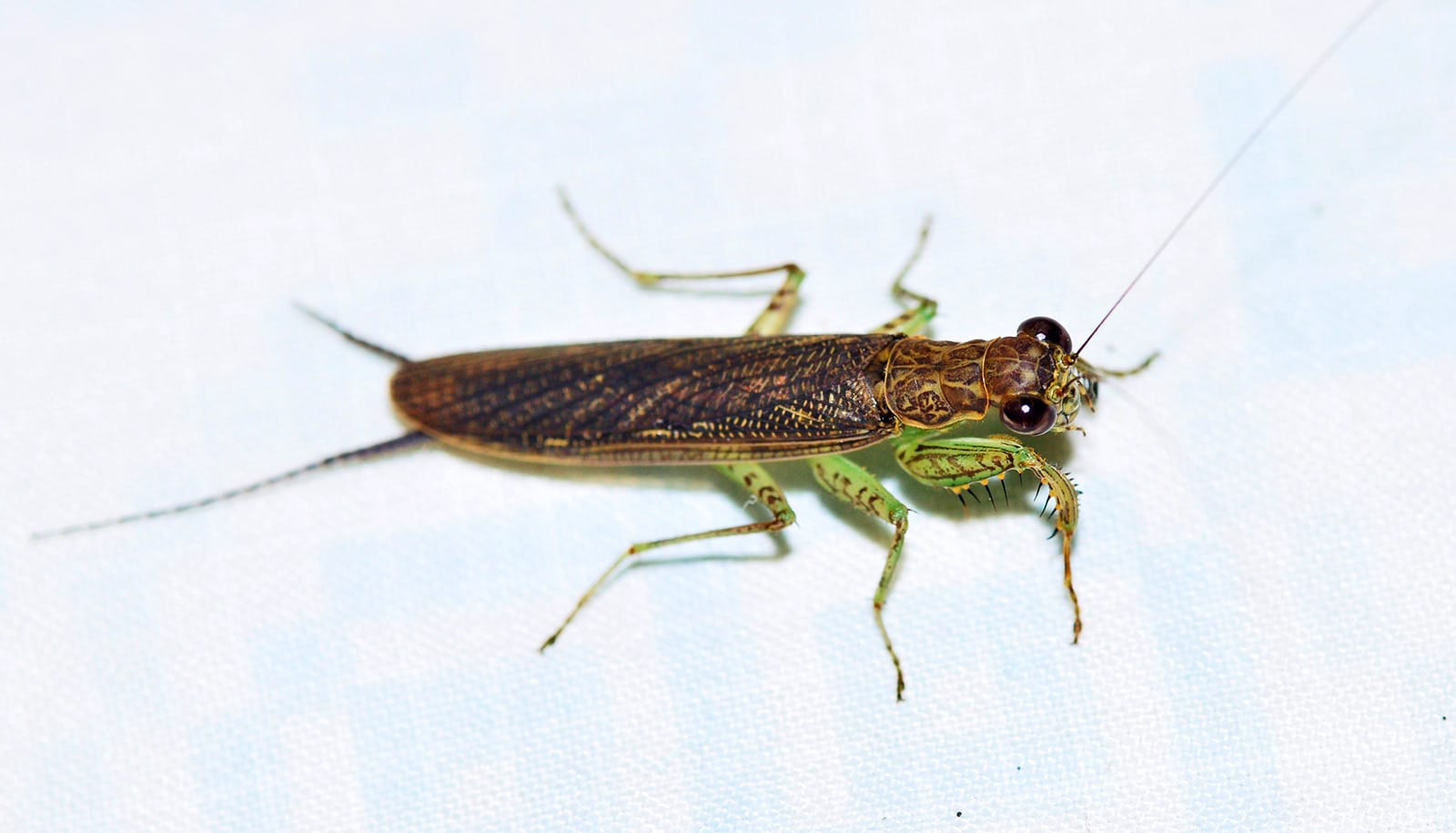Researchers have discovered a new species of firefly in Singapore’s last remaining freshwater swamp forest.
It’s the first time since 1909 that anyone has discovered a new species of luminous firefly in the city-state.
The research on the newly identified Singapore firefly (Luciola singapura) appears in the journal Animals.
“When we first encountered this species, we knew it was interesting because the specimens were collected from a freshwater swamp forest in the central catchment area of Singapore—fireflies are rarely reported from this type of habitat. Furthermore, it did not fit the descriptions of any known firefly species to date,” says lead author Wan Faridah Akmal Jusoh, a research fellow at the National University of Singapore Lee Kong Chian Natural History Museum (LKCNHM).
In 2009, a nationwide survey of fireflies by the National Parks Board (NParks) at 14 sites across Singapore documented 11 firefly species, including an unidentified species, codenamed Luciola sp. 2 after the firefly genus Luciola.
“We thought the specimens collected in 2009 were the only ones of the unidentified species until I started examining the firefly collection in LKCNHM and found three additional specimens collected 10 years prior. I immediately contacted my colleagues at NParks and we arranged a series of night surveys,” explains Jusoh.
A decade after the 2009 nationwide survey, the researchers from NUS and NParks revisited the firefly habitat located in the Nee Soon Swamp Forest and successfully collected additional specimens of Luciola sp. 2.
The genus Luciola contains at least 280 species, most of which can’t be distinguished from each other easily by eye. To determine the identity of Luciola sp. 2, the researchers performed intricate dissections to examine internal organs and employed modern DNA techniques through a method called “genome skimming.”
After two years of data collection and analysis, the team shows that Luciola sp. 2 is both genetically and morphologically unique. The species, which is less than 5 millimeters long, is described as a new species: Luciola singapura.
“This study underscores the importance and utility of molecular methods that can provide solutions to problems that are otherwise difficult to resolve using traditional approaches,” says LKCNHM museum officer Chan Kin Onn, a coauthor of the paper.
The last new luminous firefly from Singapore was Pteroptyx bearni Olivier in 1909, which is a well-known congregating firefly species in Southeast Asian mangroves. Unfortunately, this species has not been seen in Singapore since that time, and is assumed to have been eradicated.
Collaborators on the work are from Charles Sturt University, Forest Research Institute Malaysia, and NUS Biological Sciences.
Source: NUS



